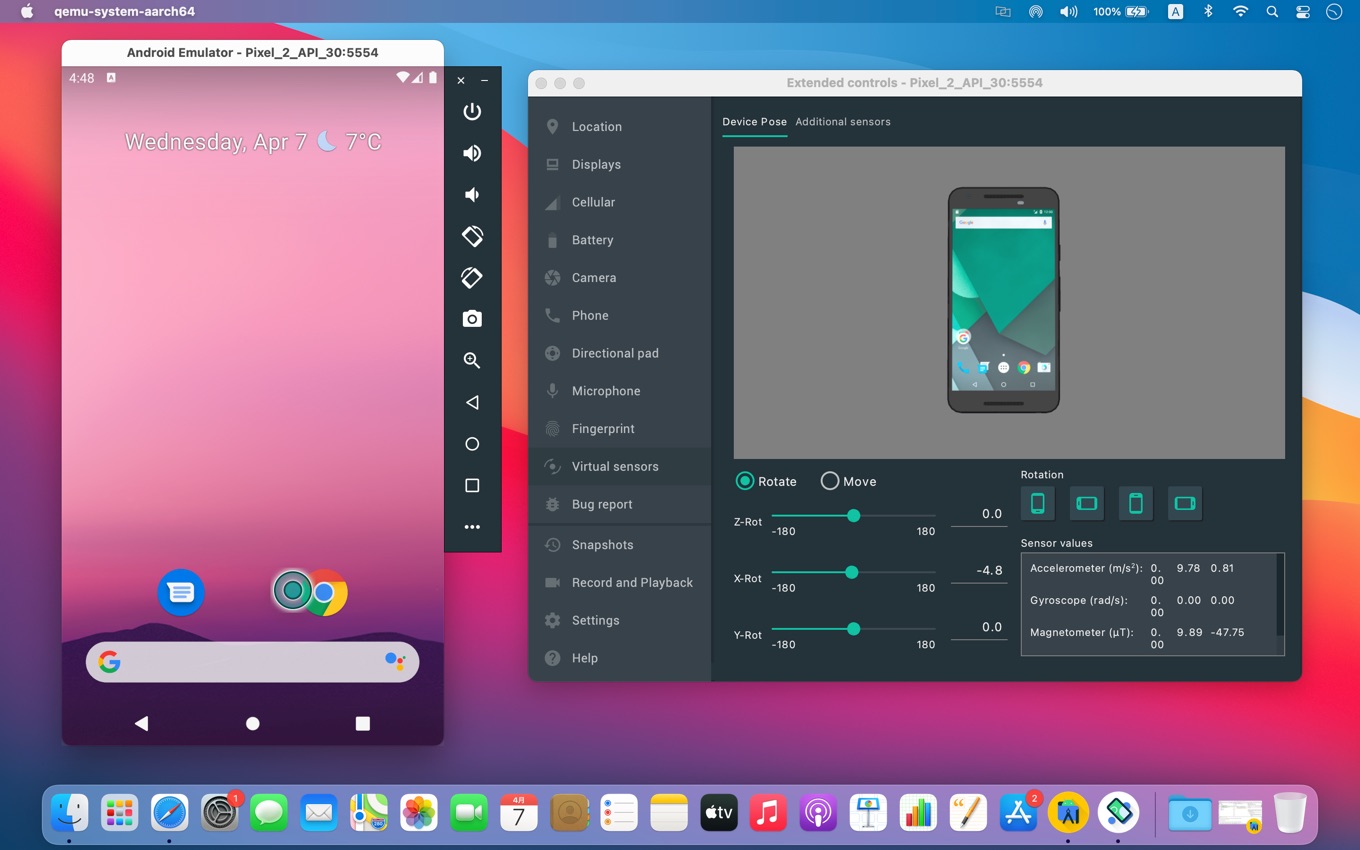The latest Canary build of Android Studio (15 as of writing this) brings initial native support for M1 Macs. There are still a lot of things missing, but the basics work. You can build and run JVM. The emulator can be used to run ARM64-based Android apps on a Mac. The native hardware virtualization of the M1 SoCs is used via Qemu. This is the same tool that is also used to virtualize Windows on the M1. ARM32 applications do not work - the list of restrictions is quite long overall. Google emphasizes that the emulator is a first preview.
- Android Studio M1
- Macbook M1 Android Studio Emulator
- Macos M1 Android Emulator
- Any Emulators That Work With M1 Mac
- Android Studio For M1 Mac

Using Android Studio Emulators in M1 Mac:
Previously, when M1 Macbooks were released, Android studio didn’t have any support for emulators. Google has released a different preview build for emulators. You can check this build here.
The problem with this preview build is that you can’t change the emulator device type. It works, but if you want to test your application on different device or different screen sizes, there was no other option available.
Android Studio M1
Recently, they released one change to the Android Studio SDK manager and downloading an extra emulator is no loger needed now.
Macbook M1 Android Studio Emulator
In this post, I will quickly show you how to create Android Emulators on M1 chipset mac in Android Studio.
How to do that:
First, make sure that you have the latest Android Studio installed. If you have 4.1.2 or later Android studio version, this will work.
Macos M1 Android Emulator
First, start AVD manager. If you haven’t created any AVD or android virtual device before, you will find it in Tools->AVD Manager.
Click on Create new virtual device button. It will show you a list of different devices. You can select any of these phones.
Any Emulators That Work With M1 Mac

- Click on next. It will show you a list of system images. Basically, it shows different images for different Android Versions that can be used with the current AVD. Make sure to select the ‘Other image’ tab. Images listed under this tab are designed for Macbook M1.
Android Studio For M1 Mac
That’s all. It will create one emulator using that selected image. You can also create different virtual devices using the same image.